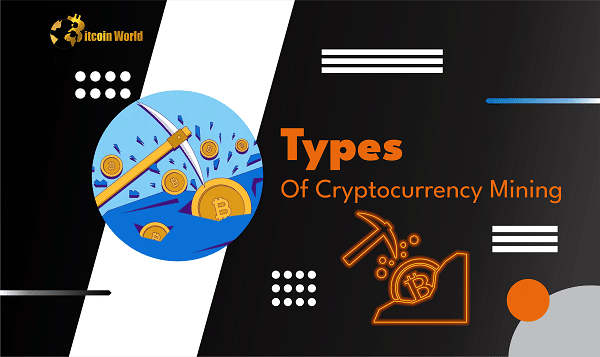In the event that a block is successfully validated, miners are rewarded with a block. The miners’ chances of validating the upcoming block increase with the amount of processing power they donate to the network. However, as more players start mining, validating blocks starts to demand more processing power. As a result, mining may become unaffordable for individual miners.
There are numerous methods for mining cryptocurrencies. So let’s go over each of the key ones individually to help you make the best decision whether you intend to mine alone or with a group.
ASIC Mining
Application-specific integrated circuits (ASICs) are computers made specifically for mining. Some ASIC mining machines are solely used for bitcoin mining.
Remember that the profitability of older designs might soon decline due to new ASIC types. Additionally, ASIC miners cannot be used to mine the so-called ASIC-resistant coins.
GPU mining
Graphics processing units (GPUs) may do several tasks, in contrast to ASICs. Their primary function in computers has historically been to process graphics and output them to a screen. Because users may mine cryptocurrencies using more accessible and less expensive gear, such as regular computers, GPU mining lowers the barrier to entrance. Although several altcoins can still be mined with GPUs, their efficiency varies depending on the algorithm and mining difficulty.
CPU mining
Computers are operated primarily by central processing units (CPUs). You can mine cryptocurrencies using your computer’s idle processing power by using CPU mining. Even bitcoin was initially mined using a CPU, but due to their power limitations nowadays, CPUs are no longer the most effective for cryptocurrency mining.
Mining pools
A group of miners known as a mining pool will cooperate in order to pool their computational power (also known as hashing power or hash rate). As their likelihood of discovering additional blocks increases, they can work together to gain more money and split the prizes. In order to obtain a more stable and predictable result, many miners join mining pools.
Solo mining
Mining alone is the opposite of mining in a pool because it doesn’t need other users. Solo mining is when a miner works alone to complete the mining task. However, because of the fierce competition from the massive combined processing power of mining pools and especially with significant cryptocurrencies, it is more difficult for miners to succeed.
Cloud mining
You contract out computational tasks to a cloud-mining farm in cloud mining. Typically, it involves you paying for someone else to mine for you. As a result, since mining cryptocurrencies doesn’t need specialist technology, it can be simpler to get started. There are no electricity expenses or storage problems because miners rent computing power from a corporation that might be situated anywhere in the world. This choice, however, carries some risk because there is no assurance that you will reap the benefits of your investment. Even some of these services have proven to be frauds.















